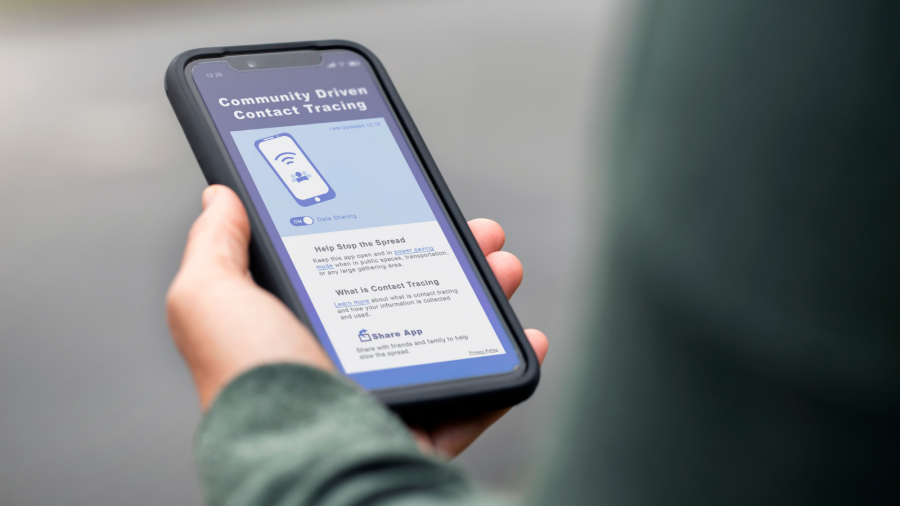
Rapid lateral flow antigen testing (LFA) of traced contacts could stop a similar amount of onward COVID-19 transmission as the current two-week quarantining guidelines, according to preliminary modelling from the London School of Hygiene & Tropical Medicine (LSHTM).
The increasing availability of testing, particularly rapid, low-cost LFA tests, opens up the possibility of shorter periods of quarantine when combined with a negative test or even the avoidance of quarantine entirely if it is replaced with daily testing.
This work, which has yet to be peer-reviewed, used a model combining infection timings and the likelihood of detecting a case over time. It estimated that if contacts are not required to quarantine, but instead undergo daily LFA tests for the five days after they are traced, 44% of transmission may be prevented. Alternatively, testing contacts using LFA who are quarantining seven days after they've been exposed may avert 46% of onward transmission. Both these estimates take into account current Test and Trace delays.
This compares to the 47% of onward transmission that is estimated after a quarantine period of 14 days, which current traced contacts in the UK are asked to do. This assumes a three-day delay from testing of the index case to isolation of contacts, 50% of contacts fully adhering to quarantine, and 67% of contacts fully adhering to post-symptom or post-positive test isolation.
Billy Quilty from LSHTM's Centre for the Mathematical Modelling of Infectious Diseases who led the research, said: "Preventing onward transmission of COVID-19 is key to stopping this epidemic. While quarantining is effective at doing so, it can be mentally, socially and financially tough. Understandably, many people find it difficult to adhere fully to quarantine guidance.
"Our preliminary modelling presented to SAGE found that daily testing of contact-traced individuals for five days or more with lateral-flow tests - and only isolating upon a positive test - should be able to prevent a similar amount of onwards transmission than as a blanket 14 day quarantine policy.
"The small increase in transmission risk could be offset by increased participation, as contacts are potentially more likely to isolate more strictly if they test positive."
Lateral-flow tests are highly likely to detect someone when they most infectious, or just becoming infectious, and therefore should be able to catch people before they start transmitting.
Billy Quilty said: "It is hoped that this strategy could allow essential workers like firefighters, nurses, and care home staff to continue working if they are not infected, rather than isolating at home for two weeks. However, the barriers to adherence are still the major limiting factor in the effectiveness of contact tracing, and greater financial support should be given to those instructed to self-isolate."
The team acknowledge limitations of their work, including that they had to make assumptions about the likelihood of picking up an infection at different times with lateral flow tests. However, data from the recent evaluation of the Innova lateral-flow antigen test (in use in Liverpool) by PHE/Oxford suggest these tests should do reasonably well at picking up people when they are most infectious. Data from the trial will allow for improvement of these assumptions.






